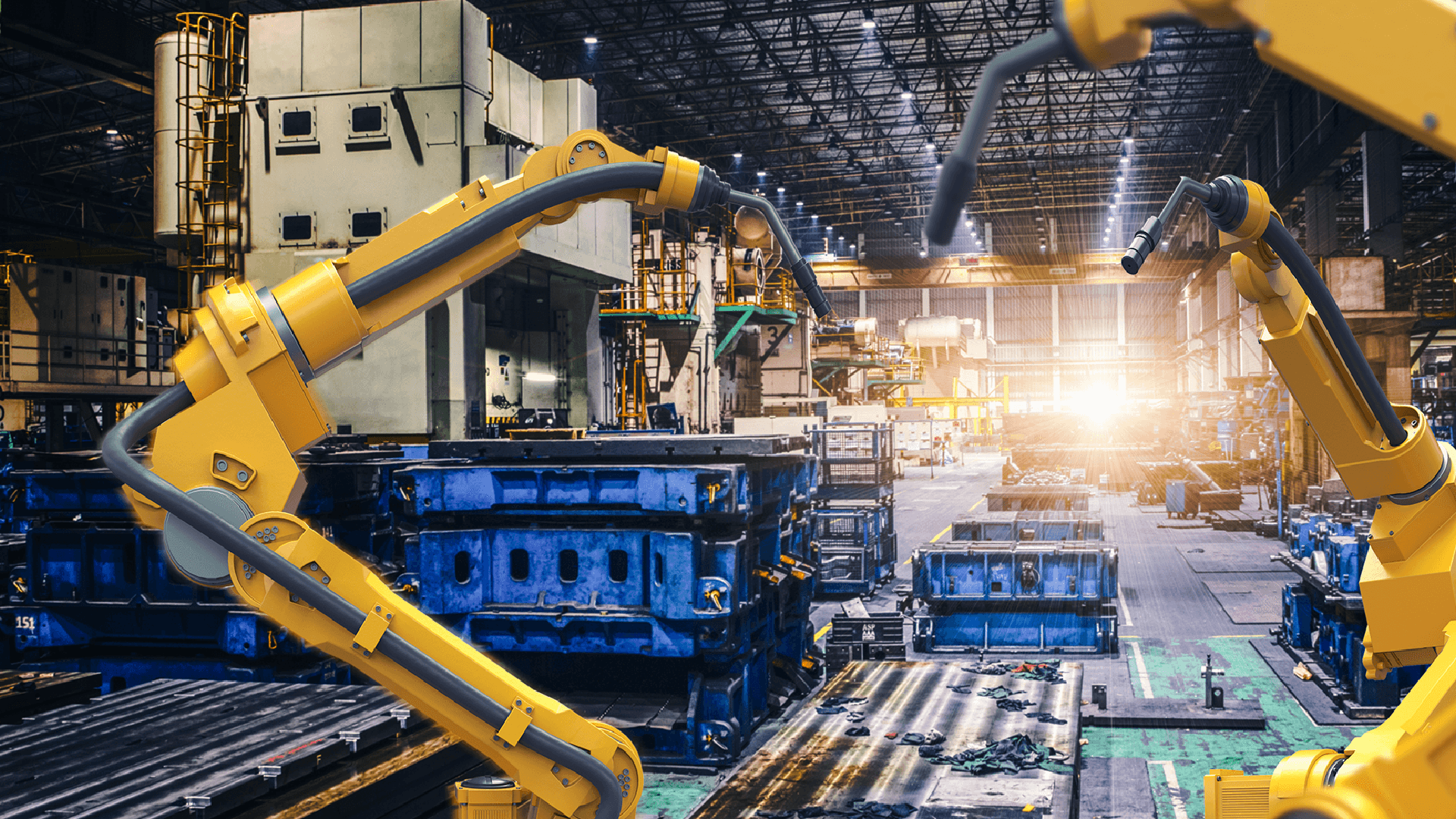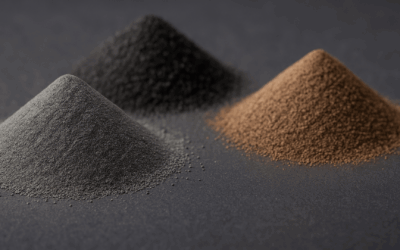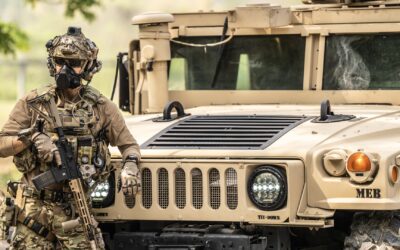Industrial automation has come a long way since Ford Vice President Delmar Harder coined the term in 1948.
- The ’60s and ’70s introduced us to industrial robots. Michigan’s Dave Emmett created the PLC (programmable logic controller). AGVs (autonomous guided vehicles) began supporting assembly and material transport.
- The early ’80s brought the commercialization of SCARA (Selective Compliance Assembly Robot Arm) for assembly and packaging. Robotic arms also entered factories to support material handling and machine tending. Manufacturers started using DCS (distributed control systems) with the improvement of industrial communications protocols.
- Throughout these decades, automation occurred with mechanical, hydraulic, pneumatic, electrical, electronic and computerized systems, often in combination.
- By the beginning of the ’90s, we knew about Modeled Predictive Adaptive Control. AI emerged, and NASA deployed Sojourner, the first autonomous robotics system.
- When we shifted into the 21st century, collaborative robots began tending machines alongside humans.
Now, as we edge closer to a new decade, industrial manufacturing is benefiting from the collective developments of the past. Industry 4.0 enables machine tending that is collaborative, mobile, and fueled by AI.
What Does Mobile Machine Tending Do for Industrial Manufacturers?
Mobile machine tending systems (MMT) from CAPRIOL transform an AGV and robotic arm into an integrated system. The MMT units enable the integration of the factory by wireless connectivity and sensors. Units connect to networks that can visualize the entire production line and use process parameters to make decisions.
MMT brings flexibility to industrial manufacturers. Historically, manufacturers used automation tied to conveyors or bolted to the floor. Even with today’s collaborative robots, processes happen within a limited range. When manufacturers need to reconfigure a process, engineers and technical teams rip out existing automation machines and redesign the line. With mobile machine tending, AGV-powered robots operating with AI technology adapt successfully to existing environments, performing tasks within current systems.
MMT reduces capital investments for industrial manufacturers. Automation ‘on rails’ or conveyors is expensive to expand. Each line must have a copy of every step and every machine in the manufacturing process. Mobile machine tending gives manufacturers the ability to increase productivity without the cost of replicating every machine process. With MMT, they can add or delete with software tools – not the demolition hammer.
MMT increases manufacturing productivity. A manufacturing process may have one machine with a 2-minute takt time and another with a 10-minute takt time. The operation can’t move faster than the slowest takt time. MMT reduces bottlenecks by moving parts from the faster device, delivering as needed to multiple slower machines without the need for complex conveyance systems.
When is Mobile Machine Tending the Right Manufacturing Solution?
When evaluating if mobile machine tending is appropriate for your manufacturing process, consider the following questions:
- Do I need flexibility in a multi-step process? MMT solutions can adapt to any step in the process using onboard tools and robot tool changer capabilities.
- Am I dealing with random sequence processes? MMT uses AI to safely and dynamically reroute to any process path for different parts simultaneously.
- Do I have wide variances in cycle-times between machines? With MMT systems from CAPRIOL, you’ll see improved speed and time of exchanges.
- Are my machines expensive? The process focus of MMT reduces capital investment, delivering a scalable and cost-effective solution.
- Are there steps that involve hazardous materials or create poor ergonomics for humans? MMT replaces hot and heavy activities, allowing your team to put their skills to use in more rewarding areas.
- How large is the part I need MMT to handle? CAPRIOL’s mobile machine tending solution is versatile, able to work with pieces as small as a card deck or as large as a reindeer (90kg).
If you’re working with high-speed, consistently timed automation processes, MMT won’t significantly improve your operational efficiencies. Mobile machine tending is most effective when you want to improve flexibility, agility, scalability, or cost-effectiveness.
It’s important to note that mobile collaborative robots face limits to meet safety requirements. The AGV max speed is 2 meters per second according to the standards. If your operation requires speed, you’ll need to fence it and buy the rail. In contrast, if a machine process time is 10 minutes, then MMT may offer a better ROI on capital investment.
Improve Manufacturing Efficiency and Operational Effectiveness with MMT
CAPRIOL’s mobile machine tending systems harness Industry 4.0, reinventing manufacturing and delivering high performance with minimal infrastructure requirements. We’ve successfully deployed our systems with relatively quick ROI.
CAPRIOL’s systems incorporate the following:
- An AGV that uses laser LIDAR mapping and AI to move dynamically throughout the manufacturing facility.
- DCS units with Distributed Control Systems (DCS) and Dual Circuit Systems (DSC) that facilitate automated decisions based on trends occurring in real-time in the facility.
- Flexible robotic arms capable of material handling weights from 7KG up to 90KG.
Mobile machine tending will enhance operations across several industries, including:
- Heavy Lift CNC – for activities such as loading/unloading and multi-step processes.
- Aerospace – for material inspection, transport, and hazardous material handling.
- Additive 3D Printing – for plate handling, part sorting and kitting.
- Automotive – for line-side delivery, part handling, kitting and delivery.
- Your industry – let’s talk!
For more information about CAPRIOL’s MMT system, connect with the CAPRIOL team.
Thomas Post is operations manager at CAPRIOL, a company that uses its automation expertise and knowledge of mobility, robotics and digital industrialization to bring Industry 4.0 to manufacturers. They design systems that are universally adaptable to diverse tasks and redeployable across applications. Their solutions are scalable and sustainable. Post’s education in computer integrated manufacturing and his expertise with automation and controls spans more than 32 years. He’s worked with General Motors, DCX, Mercedes Benz, ACH (Ford), and with Rockwell for Automotive MES/manufacturing execution. While with GE Global Research, Post executed the global automation strategy, leveraging advances in autonomous mobility, robotics and digital industrialization. He created systems universally adaptable to diverse tasks and deployable to various factory applications.




